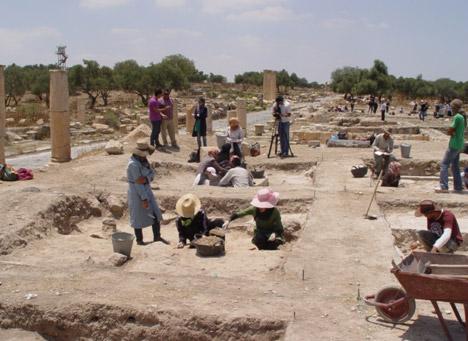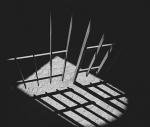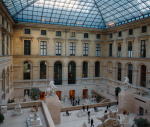You are here
Ancient Petra: Unearthing latest archaeological findings
By Saeb Rawashdeh - May 20,2024 - Last updated at May 20,2024

Qasr Al Bint in Petra represented a dynastic temple of the Nabateans dedicated to the supreme god Dushara (Photo courtesy of ACOR)
AMMAN — At the lecture “New important archaeological result in the downtown Petra”, Laurent Tholbecq from the Université Libre of Brussels, explained how the capital of the Nabataean Kingdom Petra transformed into a Roman provincial town after the annexation in 106AD.
The presentation was held at Beit Yaish in Jabal Luweibdeh and the French institute of the Near East, Ifpo, organised the event on Wednesday with the Amman office of ICOMOS.
“The major building since the Hellenistic period [4th century BC–mid-1st century BC] has been the Royal palace,” Tholbecq said, adding that Petra was capable of producing local pottery for their own use but also for export. The western side of the Hellenistic Petra had more consistent occupation and the quality of material for the building of structures was better than in the rest of the city.
The centre of the Hellenistic Petra was Colonnaded Street and Qasr Al Bint, and in the East, there were workshops.
“The major gap occurred in the middle of the 1st century BC,” Tholbecq said, adding that three major buildings should be the symbol of the Royal rule in Petra, the mausoleum, the palace and the dynastic temple.
“We have them all in Petra,” Tholbecq noted, adding that the Treasury is the mausoleum, Qasr Al Bint was the dynastic temple dedicated to the supreme Nabataean god Dushara. These buildings represented a typical Hellenistic architecture seen in the Asia Minor and Eastern Mediterranean.
“The majority of the inscriptions in Nabataean, Greek and Latin were found in the Temenos in the 1960’s,” noted Tholbecq, adding that the gate was built in the early 2nd century AD.
Similar architecture can be attested in Macedonia and Pompeii, near Naples.
The Temenos, the palace and the Qasr Al Bint were very much political places as they symbolised the supreme authority of the Nabataean dynasty.
The Nabataean auditorium was transformed into a theatre during the Roman rule, and it was used for municipal affairs, Tholbecq said, noting that the city took Trajanic and Hadrianic shape.
“On the other side of Temenos, the frieze with seven planets like the one in Khirbet at Tannur, was found,” said Tolbeque, noting that all these sculptures are dated and it can make easier the work of scholars who try to reconstruct the Hellenistic and Roman heritage in Petra.
Related Articles
AMMAN — Within Nabatean polytheism, the importance of the Nabatean god Dushara increased with the political and economic development of the
AMMAN — On the outskirts of Petra and its hinterland, archaeological teams studied the Nabataean sites and structures, and one of such settl
AMMAN — A “first-of-its-kind” Hellenistic temple in the Levant region has been discovered in Umm Qais, an archaeologist said on Monday.An ar



















